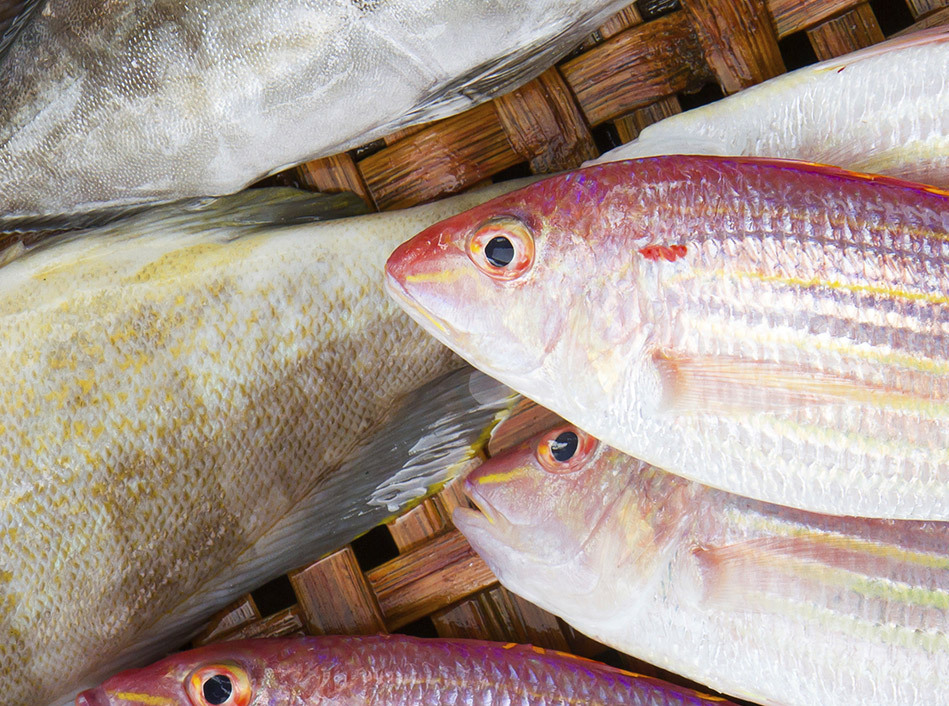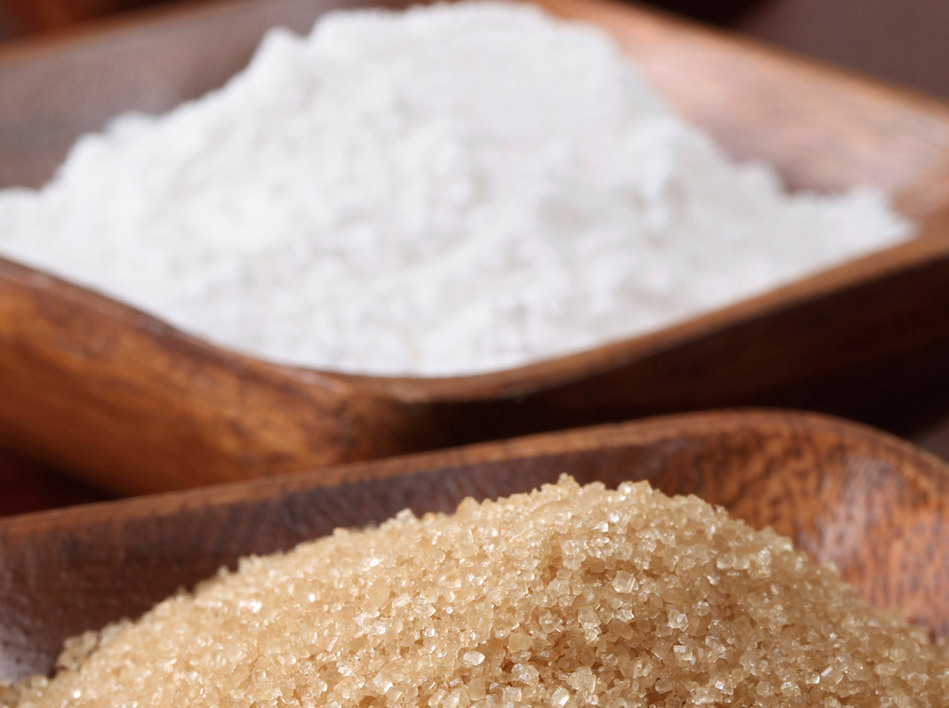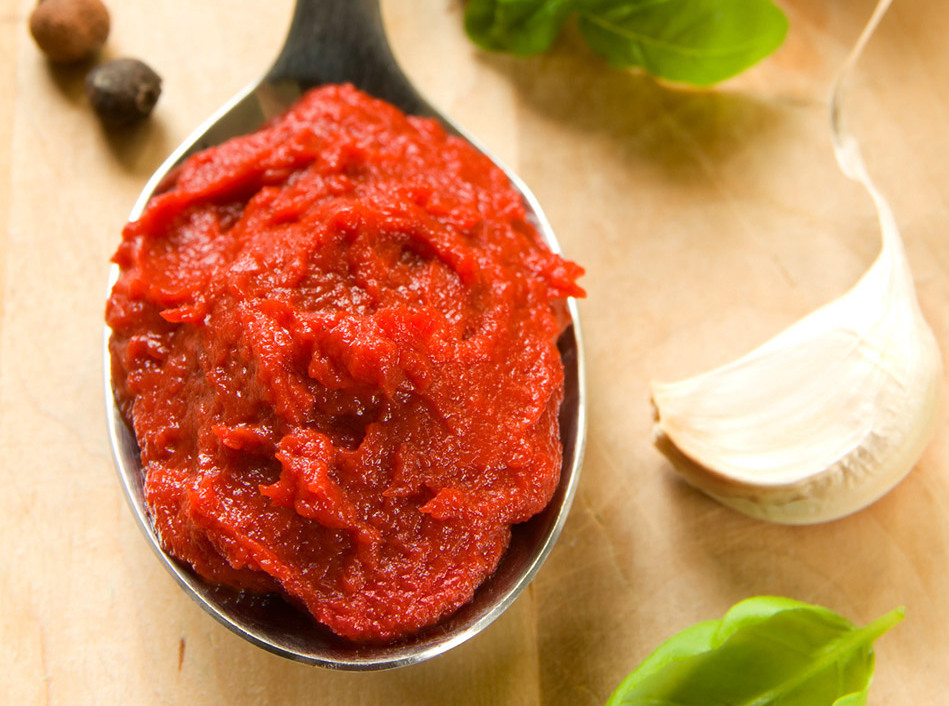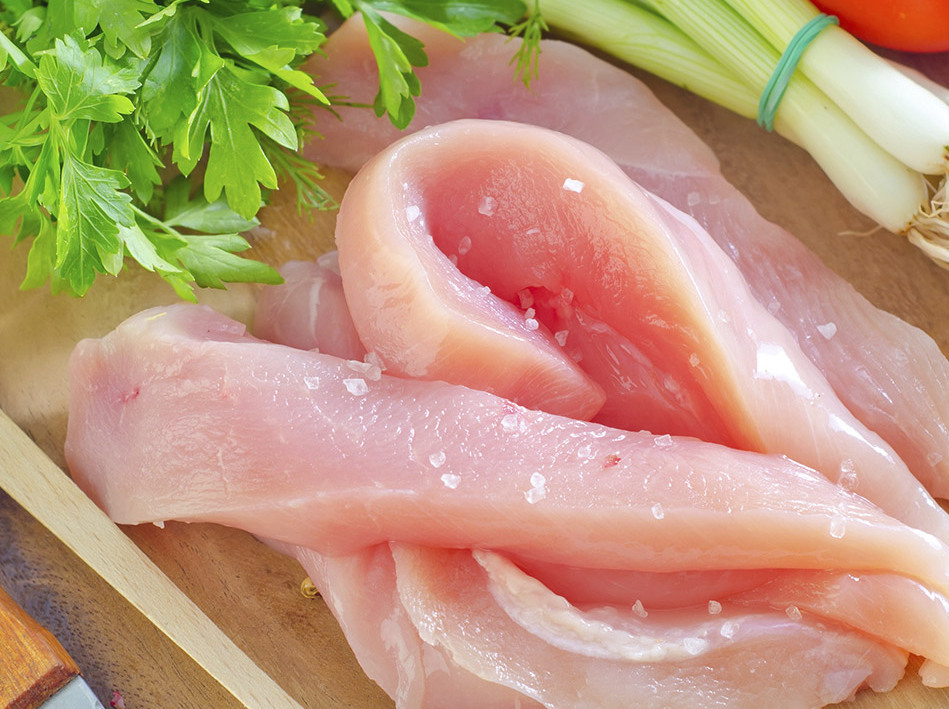By Lynn Andriani
-
Sticking Too Closely To The Fish Taco Recipe
 Michaklootwijk/iStock/Thinkstock
There's nothing wrong with an unsure cook measuring every ingredient and setting the kitchen timer for each phase of cooking. But following recipes to a tee can get expensive, especially when it comes to seafood. Take snapper, for instance; the tender and mild fish is common in fish taco recipes and costs about $25 a pound right now. Flounder, though, is just as great in a taco -- and is currently half the price. Restaurants change their menus all the time based on what they can get a good deal on; there's no reason you shouldn't, too. This handy chart categorizes fish by texture and flavor, offering many options for each.
Michaklootwijk/iStock/Thinkstock
There's nothing wrong with an unsure cook measuring every ingredient and setting the kitchen timer for each phase of cooking. But following recipes to a tee can get expensive, especially when it comes to seafood. Take snapper, for instance; the tender and mild fish is common in fish taco recipes and costs about $25 a pound right now. Flounder, though, is just as great in a taco -- and is currently half the price. Restaurants change their menus all the time based on what they can get a good deal on; there's no reason you shouldn't, too. This handy chart categorizes fish by texture and flavor, offering many options for each. -
Always, Always Starting With Olive Oil
 Junpinzon/iStock/Thinkstock
Home cooks tend to rely on pricey olive oil for sauteing foods but, says chef Robert Irvine, who has appeared on "Restaurant: Impossible," professionals often do the bulk of their cooking with cheaper oils, such as canola, grapeseed or safflower, and save high-end olive oil for finishing dishes. This frugal move (a 16-ounce bottle of olive oil starts around $8 and can cost much more, while 48 ounces of canola oil is about $3) can actually make your food taste better, too. That's because canola and other nonolive oils have a higher smoke point, so you can get the pan and the oil very hot, which helps give whatever you're cooking -- such as a chicken breast or a fish fillet -- a browned crust, without it absorbing tons of oil. Save olive oil for salad dressings and for drizzling over food just before serving, to give it a little extra flavor.
Junpinzon/iStock/Thinkstock
Home cooks tend to rely on pricey olive oil for sauteing foods but, says chef Robert Irvine, who has appeared on "Restaurant: Impossible," professionals often do the bulk of their cooking with cheaper oils, such as canola, grapeseed or safflower, and save high-end olive oil for finishing dishes. This frugal move (a 16-ounce bottle of olive oil starts around $8 and can cost much more, while 48 ounces of canola oil is about $3) can actually make your food taste better, too. That's because canola and other nonolive oils have a higher smoke point, so you can get the pan and the oil very hot, which helps give whatever you're cooking -- such as a chicken breast or a fish fillet -- a browned crust, without it absorbing tons of oil. Save olive oil for salad dressings and for drizzling over food just before serving, to give it a little extra flavor. -
Spending Big Money for the Annual Cookie Swap
 IngridHS/iStock/Thinkstock
When it comes to baking, we're all for splurging on organic eggs; they're more expensive, but they're produced by hens given feed grown without most conventional pesticides, fungicides, herbicides or commercial fertilizers. But if you're paying top dollar for dry goods, such as baking soda, brown sugar and powdered sugar, whether organic or name-brand, you're probably spending more than you need to. A group of economists recently published a fascinating list showing chefs have no qualms buying generic -- and baking items were among the top foods that even pros buy the cheap version of.
IngridHS/iStock/Thinkstock
When it comes to baking, we're all for splurging on organic eggs; they're more expensive, but they're produced by hens given feed grown without most conventional pesticides, fungicides, herbicides or commercial fertilizers. But if you're paying top dollar for dry goods, such as baking soda, brown sugar and powdered sugar, whether organic or name-brand, you're probably spending more than you need to. A group of economists recently published a fascinating list showing chefs have no qualms buying generic -- and baking items were among the top foods that even pros buy the cheap version of. -
Buying A Whole Can Of Tomato Paste
 Nielsen/iStock/Thinkstock
Even from-scratch cooks use canned foods, such as tomato paste or chipotle chilies, in adobo sauce for the big boosts of flavor they deliver. But the majority of recipes call for just a small amount of these potent ingredients (e.g., a tablespoon, or even less, of paste; one or two chilies). Next time you're cooking with one of these foods, take what you need, and then spoon the rest into tablespoon-size mounds on a parchment-paper-lined baking sheet. Put the tray in the freezer, and once the food is frozen solid, pop the scoops off and store them in a resealable plastic bag in the freezer. When you need it again, you won't have to buy a brand new can.
Nielsen/iStock/Thinkstock
Even from-scratch cooks use canned foods, such as tomato paste or chipotle chilies, in adobo sauce for the big boosts of flavor they deliver. But the majority of recipes call for just a small amount of these potent ingredients (e.g., a tablespoon, or even less, of paste; one or two chilies). Next time you're cooking with one of these foods, take what you need, and then spoon the rest into tablespoon-size mounds on a parchment-paper-lined baking sheet. Put the tray in the freezer, and once the food is frozen solid, pop the scoops off and store them in a resealable plastic bag in the freezer. When you need it again, you won't have to buy a brand new can. -
Being Choosy About Your Chicken Fingers
 Tycoon751/iStock/Thinkstock
While legs, wings, thighs and breasts are easy enough to explain, chicken "tender" is one term that seems to have many explanations. Most of us think of it as a strip of breast meat, but the USDA hasn't released an official definition. And since marketers know "chicken tenderloin" has a high-end ring to it, you'll often see them priced higher -- when they may actually just be chicken breast sliced into "tenders." (We found tenders for about a dollar more per pound than whole breasts.) Unless you're buying chicken tenders from a butcher you know is selling you actual tenderloin, you're probably better off just purchasing a package of breast meat that you then cut into strips yourself.
Tycoon751/iStock/Thinkstock
While legs, wings, thighs and breasts are easy enough to explain, chicken "tender" is one term that seems to have many explanations. Most of us think of it as a strip of breast meat, but the USDA hasn't released an official definition. And since marketers know "chicken tenderloin" has a high-end ring to it, you'll often see them priced higher -- when they may actually just be chicken breast sliced into "tenders." (We found tenders for about a dollar more per pound than whole breasts.) Unless you're buying chicken tenders from a butcher you know is selling you actual tenderloin, you're probably better off just purchasing a package of breast meat that you then cut into strips yourself.






0 comments:
Post a Comment
Comment